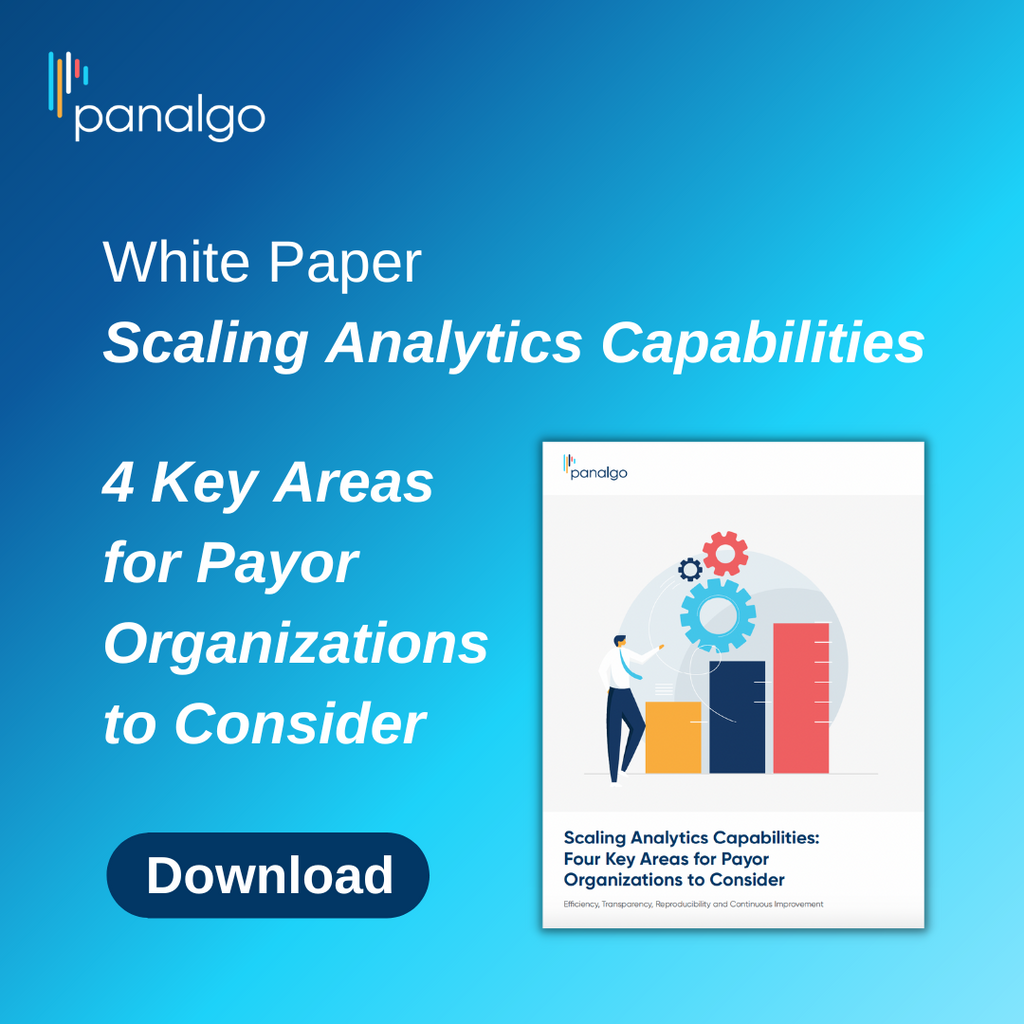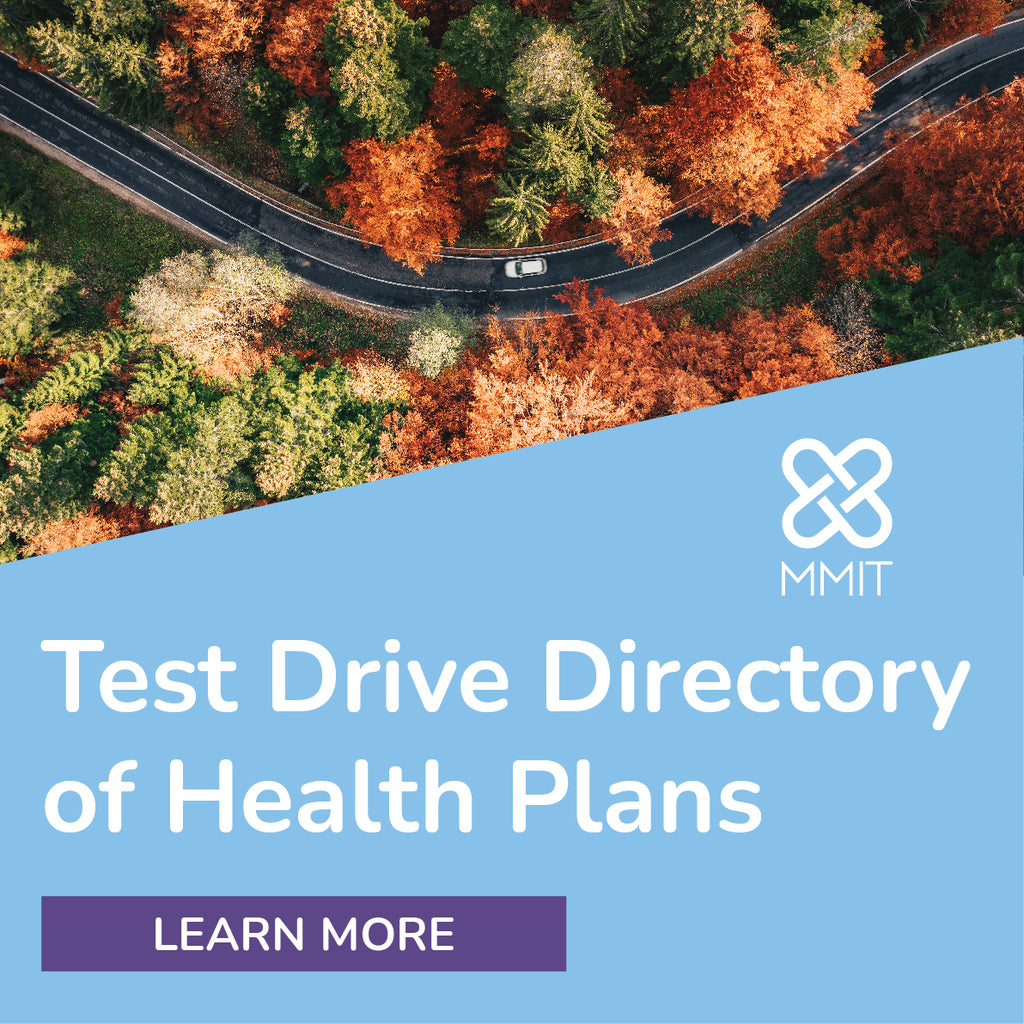Radar on Medicare Advantage
-
Isaac Health CEO Remains Optimistic About Medicare Dementia Model
Although Donald Trump’s administration has nixed some models being tested by the CMS Center for Medicare and Medicaid Innovation (CMMI), some stakeholders involved in the new Guiding an Improved Dementia Experience (GUIDE) Model aren’t worried that it will end up on the chopping block.
One of them is Isaac Health, which operates a virtual clinic that provides proactive outreach and screening to eligible enrollees, access to virtual specialists and care management. “Alzheimer’s is very much a bipartisan issue; it seems to be that there’s ongoing support” on the Hill, says Isaac Health CEO and Co-Founder Julius Bruch, M.D., Ph.D., after a group of stakeholders met with CMS and members of Congress in June.

-
Access, Quality Issues Prompt Medicare Advantage Member Disenrollment
High rates of switching among Medicare Advantage members can lead to a variety of issues for insurers, while disenrollment from MA altogether can be costly for the Medicare program. A new analysis published in Health Affairs finds that members’ discontent with health care access and quality outweighs perceived cost issues when disenrolling from their MA plans.
And while it’s clear that members frustrated with access and/or quality were more likely to leave their plan than those with cost issues, it’s less straightforward when considering “objective measures” such as Star Ratings and “plan generosity,” which the study characterizes as the average expected out-of-pocket cost (not including premiums), according to the study’s lead author, University of Michigan Health Services Researcher and Gerontologist Geoffrey Hoffman, Ph.D.

-
MedPAC June Report Highlights PDP Stability, Supplemental Benefits Concerns
In its June 2025 Report to the Congress, the Medicare Payment Advisory Commission (MedPAC) emphasized the importance of maintaining competition between Medicare Advantage Prescription Drug (MA-PD) plans and stand-alone Prescription Drug Plans (PDPs), which offer an alternative drug coverage option to those who wish to remain in fee-for-service (FFS) Medicare. It also expressed continued concern about the lack of insight into the utilization and value of supplemental benefits, on which MA plans will spend an estimated $39 billion this year alone.
During MedPAC’s April meeting, commissioners discussed the urgency of needing to come up with recommendations to level the playing field between MA-PD and PDP, which they argued is essential to maintaining beneficiary choice. PDP availability has declined in recent years, with the average number of PDPs available hitting its lowest this year since the program’s inception. That’s partly due to Part D changes resulting from the Inflation Reduction Act, such as increased plan liability in the catastrophic coverage phase that is harder for PDPs to absorb without the flexibility of managing costs on the medical side.

-
News Briefs: Brokers React to UHC’s Decision to Cut Commissions
UnitedHealthcare is pulling back on commissions for select Medicare Advantage plans, including many PPOs, prompting an outcry from industry associations representing agents and brokers. The National Association of Insurance and Financial Advisors (NAIFA) in on June 17 said it “strongly objects” to the insurer’s decision to eliminate agent commissions on more than 100 MA plans across the U.S. “Stripping away their compensation is not only disruptive but deeply irresponsible. It jeopardizes seniors’ ability to make informed decisions in a system that is already complex and confusing,” said NAIFA CEO Kevin Mayeux. The National Association of Benefits and Insurance Professional (NABIP) issued a similar statement warning of potential harm to beneficiaries. “At a time when seniors are grappling with rising costs, changing formularies, and overwhelming plan options, United Healthcare is cutting off the very people best equipped to help — licensed agents who know their communities, understand their clients, and act in their best interest,” argued NABIP CEO Jessica Brooks-Woods. “This is about prioritizing shareholders over seniors.” NAIFA, NABIP and other industry partners have advocated to Congress and CMS for restrictions on enrollment suppression tactics deployed by plans during the Annual Election Period, which was particularly notable during the 2025 AEP.

-
In 2026 Bid Cycle, Medicare Advantage Plans Showed ‘Hyper Focus’ on Product Details
As Medicare Advantage and Part D organizations submitted their bids for plan year 2026, the impact of the Inflation Reduction Act (IRA) created continued uncertainty around the direct subsidy that covers a portion of plans’ Part D costs. At the same time, there remained heightened concern around maintaining and improving margin, as large publicly traded firms struggled with pricing last year that didn’t match utilization, and sponsors were forced to take a deeper look at their service areas and benefits to maintain margin stability.
And that’s just scratching the surface of the many considerations that went into bids this year, according to actuaries who spoke with AIS Health, a division of MMIT, after helping MA and Part D clients prepare their bids by the June 2 deadline.












